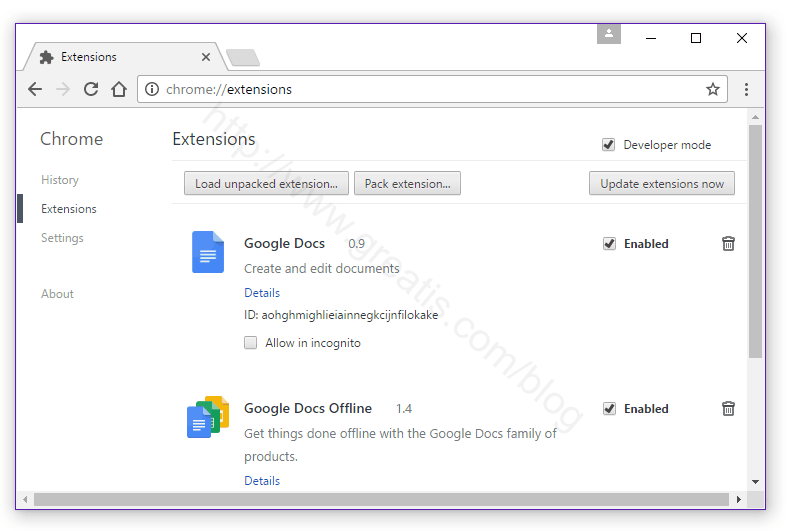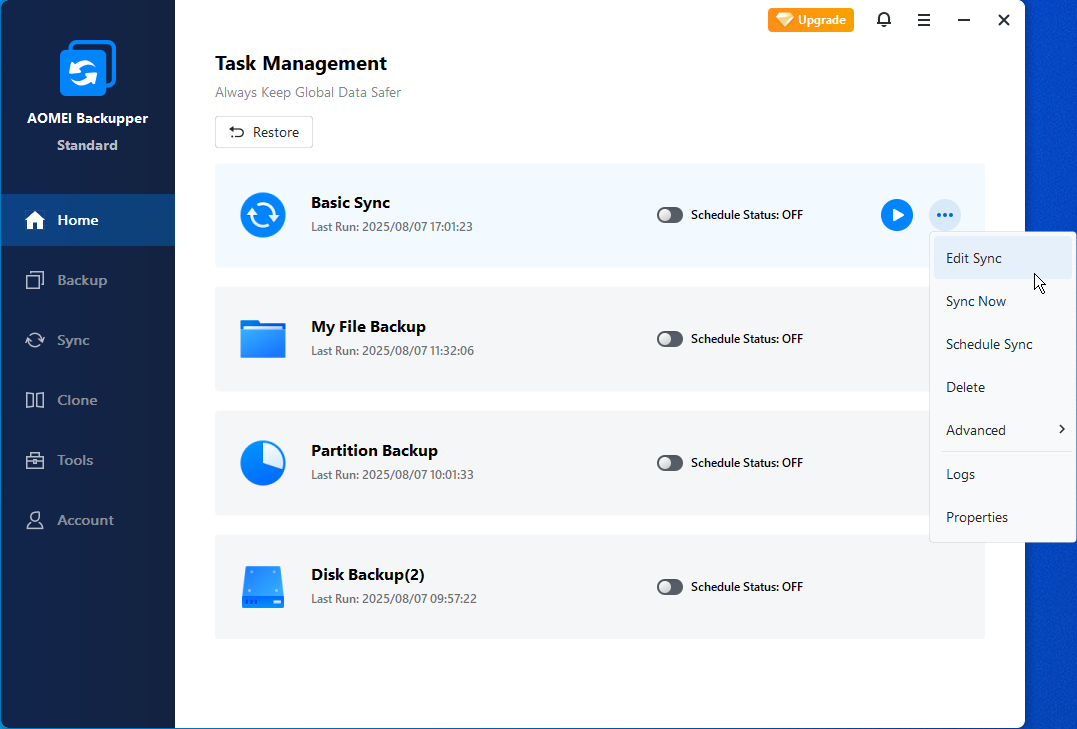

The actions a task can perform include running a program, sending an e-mail message, and showing a message box. A trigger causes a task to run, and an action is the work that is performed when the task is run. The two key concepts involved in scheduling a task are triggers and actions. To schedule a program to start automatically, click Start a program, and then click Next.Ĭlick Browse to find the program you want to start, and then click Next. To select a schedule based on specific events, click When a specific event is logged, click Next, specify the event log and other information using the drop-down lists, and then click Next. To select a schedule based on common recurring events, click When the computer starts, or When I log on and then click Next. To select a schedule based on the calendar, click Daily, Weekly, Monthly, or One time, click Next, specify the schedule you want to use, and then click Next.

Type a name for the task and an optional description, and then click Next. If you are prompted for an administrator password or confirmation, type the password or provide confirmation.Ĭlick the Action menu, and then click Create Basic Task. For example, if you use a financial program on a specific day each month, you can schedule a task that opens the program automatically, so you don't risk forgetting to open it yourself. If you use a specific program regularly, you can use the Task Scheduler Wizard to create a task that opens the program for you automatically according to the schedule you choose.

If you are not logged on as an administrator, you can only change settings that apply to your user account. You must be logged on as an administrator to perform these steps.


 0 kommentar(er)
0 kommentar(er)
